Digital inclusion
ehealthcompass is tackling health inequality
“Inequality in health is the worst inequality of all. There is no more serious inequality than knowing that you’ll die sooner because you’re badly off.”

“To the extent that health care becomes a commodity it becomes distributed just like champagne. That is rich people get lots of it. Poor people don’t get any of it.”
People do not have equal access to medical care.
Those with means can typically access the services they need, but those without often go without. This observation was formally articulated by Tudor Hart in 1971 in The Lancet journal in an article called The Inverse Care Law, where the abstract starts with, “the availability of good medical care tends to vary inversely with the need for it in the population served.” Dr. Hart argues that traditional market forces drive an inequitable distribution of health, and governmental policies should seek to reduce such forces in the service of making healthcare accessible to everyone across a population.
We think that Digital Health technology makers also have a key role in driving more equitable distribution of healthcare.



